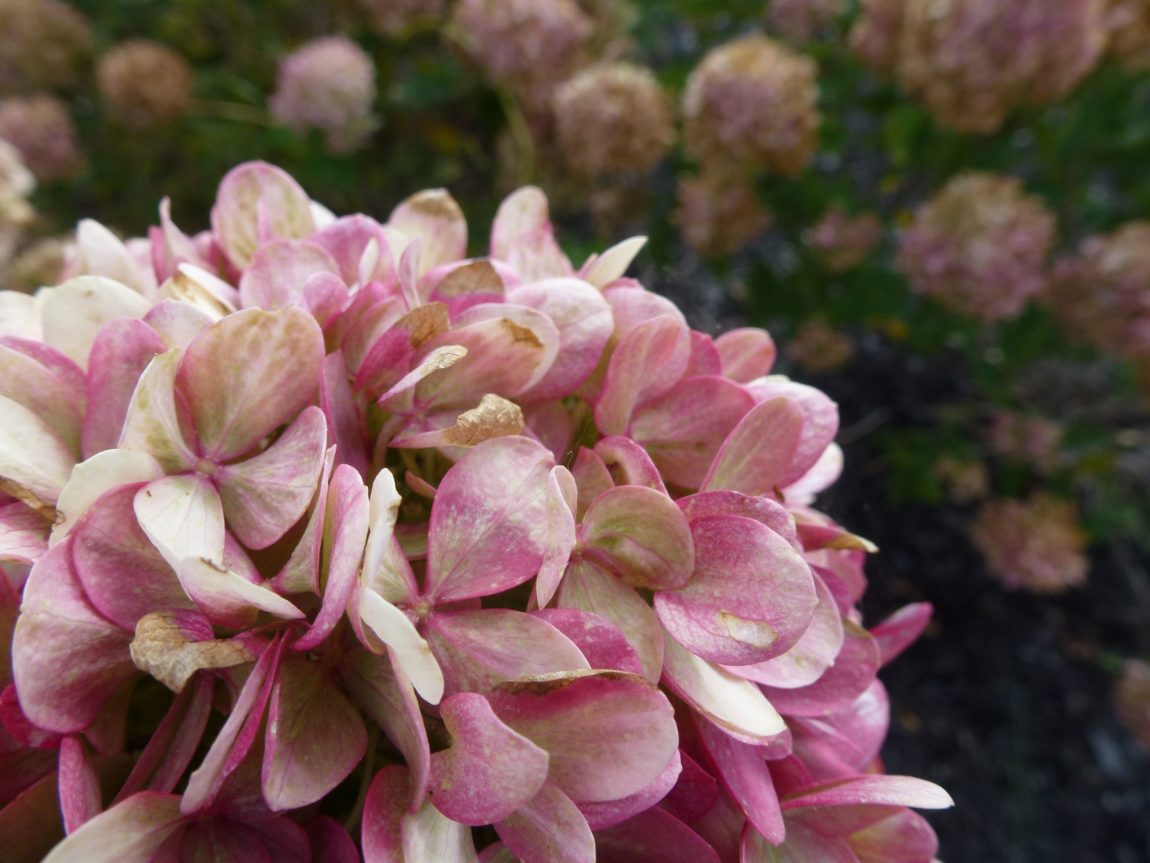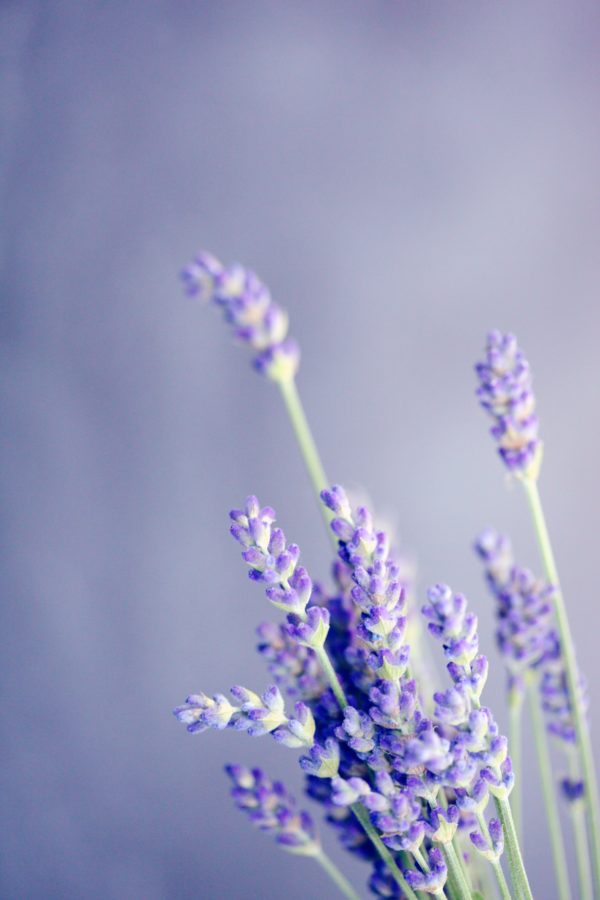
Our Skin Barrier Function is an important part of having healthy, beautiful skin and it is a term I think you are going to hear more and more about. Unfortunately, many treatments and products we are encouraged to use damage or weaken our skin barrier. So, I would like to explain what Skin Barrier Function is. This knowledge will empower you to make great skin decisions in the future.
The concept of Skin Barrier Function acknowledges the fact that the main role our skin plays is that of a barrier. It keeps our insides in, otherwise we would be a shapeless blob on the floor, and the outside out, protecting our skin and bodies from harmful or ageing threats. When our skin’s barrier function is working well, our skin will not only be able to regulate what gets in and what stays out, but it will also look strong and beautiful.
Let’s look at what makes up the Skin Barrier Function. There are three different parts of our skin that all contribute to give it the very best protection.
Firstly, the outer-most layer of our skin, the Stratum Corneum. This is made up layers upon layers of skin cells, forming a physical shield between the environment and the more vulnerable layers of skin beneath. It is similar to the roof of your house. If it is strong and waterproof, you will have a healthy environment in your home. But if it is damaged and leaky, you will have major problems. The skin is the same. Treatments like microdermabrasion and deep peels and ingredients like AHAs, BHAs or synthetic vitamin A, either completely remove or thin this layer. These treatments and ingredients compromise the protection the Stratum Corneum offers our younger, vulnerable skin cells beneath.
The second protective layer is the film of oil and water your skin secretes from your oil and sweat glands. This film is what we call the acid mantle because it has a slightly acidic pH. This layer is often misunderstood because it can be frustrating when your skin overproduces this layer and your skin gets oily. But it is very important. It keeps your skin supple, smooth and flexible. It also helps lock precious moisture into the upper layers of your skin. If it is removed too often through over cleansing or too thoroughly with the use of foaming cleansers, it can result in fragile, dehydrated skin.
Lastly, we have our skin’s very own microbiome. This is similar to our gut microbiome and is equally as important. It is made up of little microbes that have evolved over centuries to live on our skin and protect us. These microbes do all sorts of jobs for us in return for food and a place to live. They crowd out harmful microbes by taking up all the resources of food and space. But they will also warn our immune systems if these harmful microbes end up making a home on our skins. They eat excess skin cells to prevent them from blocking our pores and they turn the oils we secrete onto the skins surface into our very own version of a natural moisturizer. Over washing or using antiseptic washes can upset our skin’s microbiome.
Unfortunately, the Skin Barrier Function has not always been understood by skin care companies. Many treatments and products we have been encouraged to use, damage and even remove the barrier of our skins. This leaves our skin vulnerable and opens our skin up to problems and premature ageing.
Janesce founder, Janice Smith has always instinctively felt the need to protect the skin’s barrier and now it seems she has been proven to be right. At Janesce we have never believed in microdermabrasion, needling, deep peels or ingredients like AHA’s, BHAs and synthetic vitamin A. These treatments and products thin, bypass or completely remove the upper layers of the Stratum Corneum. At Janesce we believe in cleansing our skin once a day with a gentle cleanser to avoid upsetting the acid mantle. Lastly, we discourage over washing or antiseptic washes which can completely destroy our protective microbiome.
I hope this has given you a better understanding of your Skin Barrier Function, the important role it plays in keeping your skin beautiful and healthy and how to care for it.






